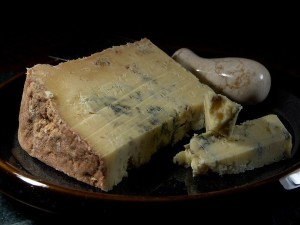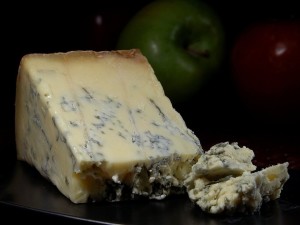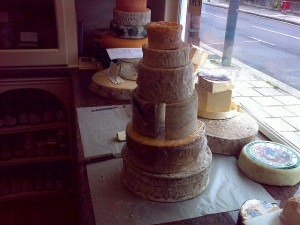Historically speaking, cheese was one way to prevent the inevitable spoilage of fresh milk by turning it into something that would keep for much longer periods of time. With the exception of individuals who are lactose intolerant, this tasty edible remains an important part of most people’s diets to this very day. In fact, here are a few noteworthy varieties to try out if you happen to be visiting Britain.

Image Source: PDPhotos via Pixabay
• Dorset Blue Vinney. The English have numerous varieties of blue cheese that visitors are sure to enjoy, if they don’t mind eating mold and dealing with strong smells, of course. This particular hard cheese hails from the town of Dorset where it started out as way to use up the leftover skim milk that was a by-product of the local butter industry. It is often unpasteurized so consumers will want to make their plans accordingly.
• Swaledale Cheese. Sold in large rounds that weigh about 2.25 kilograms (5 pounds), this variety hails from Richmond, England where it was created after Cistercian monks passed their recipes on to the local farmers. It’s thought that the unique blend of edibles that are available to the local grazing animals helps contribute to the cheese’s distinctive flavor. Unlike other varieties, Swaledale Cheese contains combination of goat, sheep, and cow’s milk. It has also won several awards for its delicious taste.

Image Source: PDPhotos via Pixabay
• Stilton. Another strong blue cheese, this variety hails solely from the shires of Nottingham, Derby, and Leicester. Although the cheese had humble origins, it fell into the hands of an innkeeper who marketed it to his customers who were headed to London and its fame subsequently spread. Stilton is made from pasteurized cow’s milk that is allowed to age at least 9 weeks before being sold. However, it is said to become creamier and more delicious with age.
Happy Travels!
Source: Wikipedia





